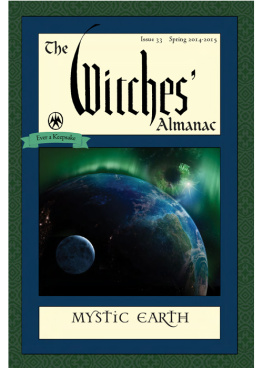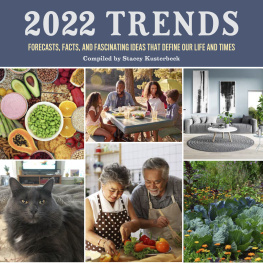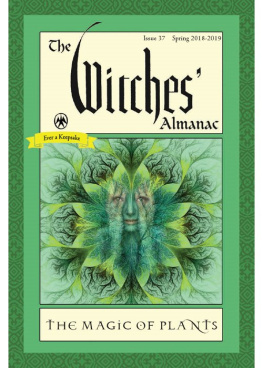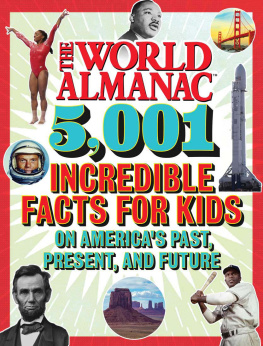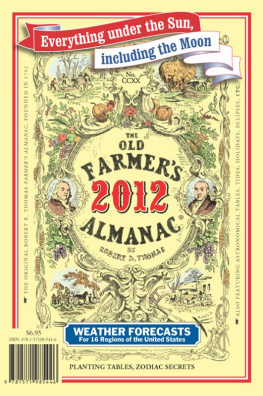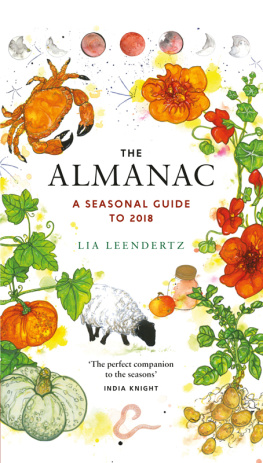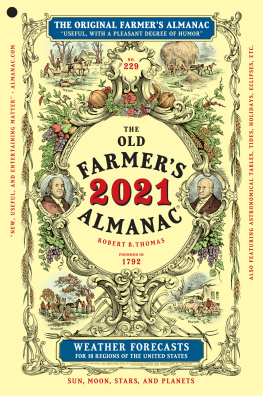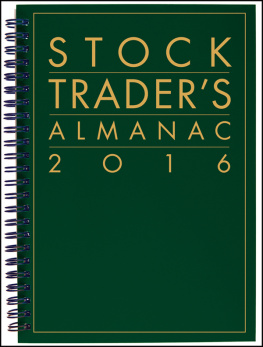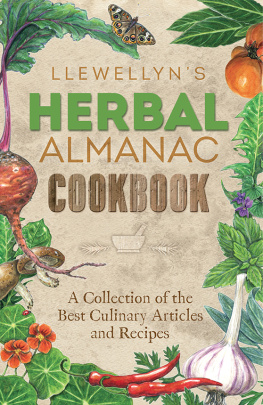
Contents
Aaron Wright
Joon Lynn Goh
Helena Walsh and Benjamin Sebastian
Bojana Jankovic
Rich Yap
Derica Shields
Diana Damian
Dino Dinco
Tim Etchells
Joanna Kindeberg
River Lin
Diana Damian
Jan Suk
Laura Burns
Shaheen Merali
Geraldine Harris
Maddy Costa
Dominic Thorpe
Richard Sandell and Mat Fraser
Amy Sharrocks
Coco Fusco
Emma Graham-Harrison
Clarissa Sebag-Montefiore
Peter Rugh
Marina Galperina
Michael Idov
Barbican
John OMahony
Selina Thompson
Manick Govinda
Brett Bailey
Ria Hartley
Santiago Cao, Paul Carter, BBB Johannes Deimling, Francesca Fini, Helena Goldwater Snezana Golubovic, Francesco Kiais, Jason Lim, Macarena Perich Rosas, Gonzalo Rabanal Rebecca Weeks, and Alexandra Zierle
Marilyn Arsem
Helena Goldwater
Diana Smith
Mish Grigor
Natalie Thomas
Ann Magnuson
Wendy Houstoun
Vaughan Pilikian
Frie Leysen
Claire Bishop
Morgan Quaintance
Bryony Kimmings
James Stenhouse
Action Hero
Ben Walters
Mary Paterson
Megan Vaughan
Rachel Porter
BDZ
Dominic Johnson
Nathaniel Budzinski
Amelia Abraham
Ben Walters
Vaginal Davis
Hili Perlson
Steph Kretowicz
Tea Hacic
Brian Boucher
Dickie Beau
Andy Field
Natalie Raven
Selina Thompson
Amy Sherlock
Charlotte Richardson Andrews
Andrew Haydon
John OMahony
Maddy Costa
Megan Vaughan
Daniel B. Yates, Catherine Love, Lois Jeary, and Rosanna Hall
Petra Kuppers
David Getsy
Michael McNay
Lloyd Newson
Guy Brett
Lois Keidan
Susan Block
Emily Roysdon
Jennifer Doyle and Tavia Nyongo
Krystyna Lipiska Illakowicz
Marcus Williamson
Dee Heddon
Neil Butler
Karen Finley
Introduction

Introduction
Aaron Wright
Welcome to The Live Art Almanac Volume 4 , an ongoing publishing project led by the Live Art Development Agency (LADA) that collects and disseminates found writings about Live Art. Like the previous three volumes (published in 2008, 2011 and 2013), Volume 4 draws from a varied pool of sources representative of the most absorbing, thought provoking and considered writings about Live Art and the wider cultural contexts it sits within. This fourth edition gathers writings by artists, scholars, curators, critics and others that were published, shared, sent, spread and read between January 2012 and December 2014. Volume 4 takes forward a cultural dialogue started in Volumes 1 , 2 and 3 with the aim of being a useful resource and an enjoyable read for everyone from artists to academics, programmers to producers, writers to students and all those with a curiosity about contemporary Live Art practice.
As with the previous three volumes, the content for Volume 4 was selected from materials collected following an open call for recommendations issued in early 2015:
We are seeking recommendations for material to include in the Live Art Almanac Volume 4. The Live Art Almanac draws together all kinds of found writing about and around Live Art from a wide range of sources from more traditional forms such as magazine articles, newspaper reviews, transcribed interviews, or public lectures, to digital forms such as blog entries, Facebook pages and Twitter conversations, to less conventional forms of publishing such as emails, diary entries and letters. It aims to be both a useful resource and a great read for artists, writers, students and others interested in the field of interdisciplinary, performance-based art throughout the world. If youve read something that engaged, provoked, excited or amused you, or made you rethink Live Art and radical performance then we want to hear about it.
The recommendations that came in from this open call were complemented by submissions received from a range of artists, thinkers and producers from across the world that we had directly invited to nominate writings, and by a bank of found writings that LADA had accumulated.
With Volume 3 we had extended the reach of the Almanac by working with a host of international partners from five continents on the submission and selection of materials. This was a rewarding but labour intensive and time consuming process which ultimately delayed the publication date of Volume 3 and starting our work on Volume 4 . In response to this, Volume 4 has taken a slightly different shape, featuring for the first time writings from a three, rather than two, year period, and, to speed up the editorial process, LADA has taken sole responsibility for making the final selections of content.
As with previous editions there was a great response to our call for submissions with an influx of great writing in a wide array of forms. By the submission deadline of 31 June 2015, we had over 150 reviews, obituaries, tributes, interviews, blog posts, speeches, press releases, Facebook posts, letters, open letters, fan mail, news articles, magazine features and more to work with. A noticeable shift in this edition is the inclusion of more mainstream press outlets, undoubtedly due to the rise in public prominence of performance art practices, resulting in the content being more varied than ever with major news brands sitting alongside niche blogs and private correspondence.
As with previous editions, Volume 4 discouraged the submission of writings from academic publications, as it aims to complement the publishing work of scholarly institutions and journals by reflecting a range of contributions to critical discourses around Live Art. To this end we also stipulated a maximum word limit of 3,000 words.
With over 80 pieces, Volume 4 is the biggest volume yet. This volume features writers from across the globe and articles about significant international issues from the USA to Taiwan, Poland to Afghanistan, Australia to Russia. Contributions from the UK still make up the bulk of the content reflecting the large number of submissions from the UK, the still primarily UK-based readership, and LADAs inevitable partiality.
Whilst weve remained as hands-off as possible in relation to the actual texts (no major updates or revisions have been made and most texts are reprinted here as found, bar correcting a few errors that slipped through when they were first published) we have, as with Volume 3 , grouped articles within seven loosely themed sections: Locating Performance; Performance Under Attack; Speaking Up/Speaking Out; Show Me the Money; High Art in Low Places; Reviews; and Dearly Departed. Although too broad to be considered chapters, these sections do address recurring themes and, to an extent, reflect key moments in Live Art between the beginning of 2012 and end of 2014. However, the Almanac in no way aspires to be comprehensive or authoritative, and these sections should not be taken as anything beyond an attempt to make things slightly more digestible or coherent for the reader. Indeed there were hundreds of potential running orders and we therefore encourage you to dip into the Almanac in any way you want and to make links and connections that even the original writers could never have imagined.



